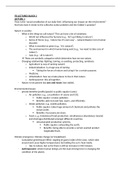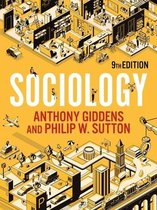Resume
Introduction to Sociology summary (2nd exam)
- Cours
- Établissement
- Book
This is a summary of the lectures including extra information on the topics discussed during the tutorials. This extra information is integrated in the summary. Thus not separate from the information given in the lectures.
[Montrer plus]




